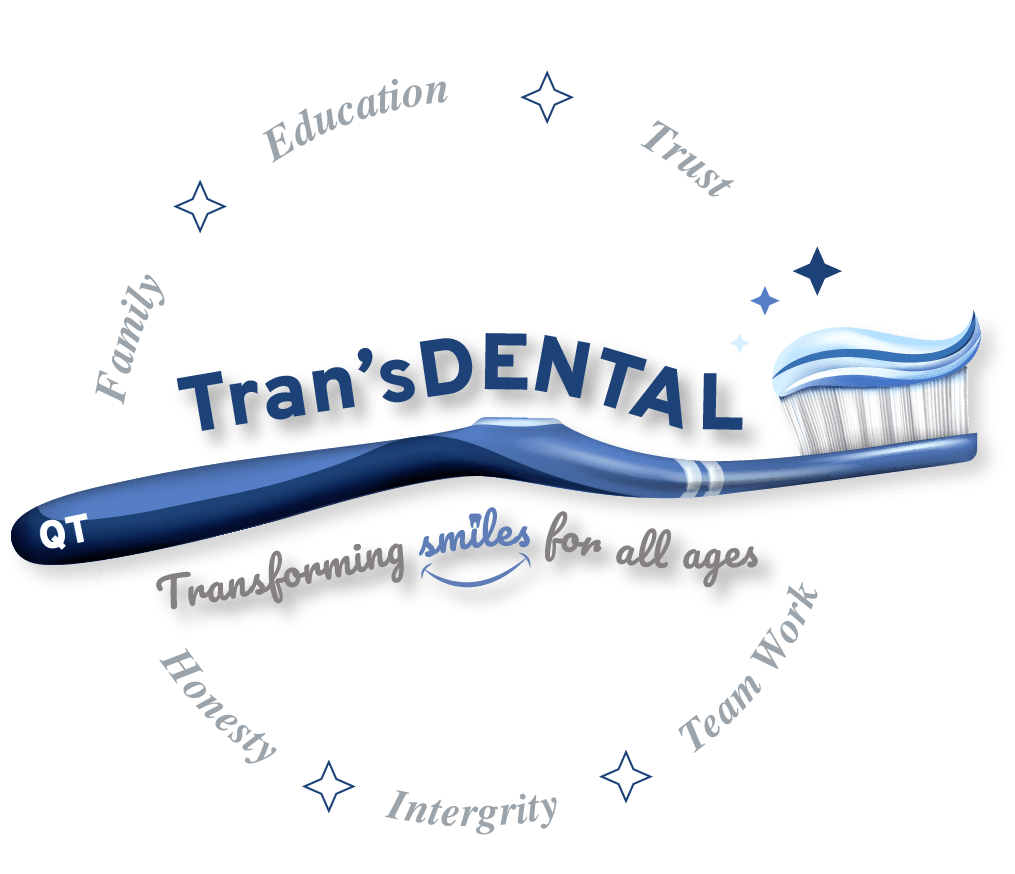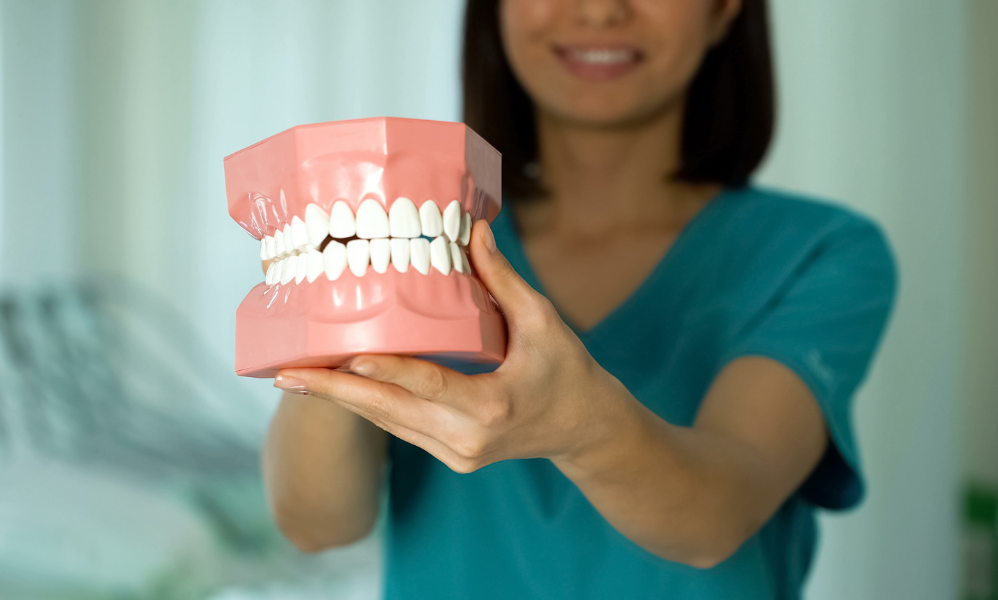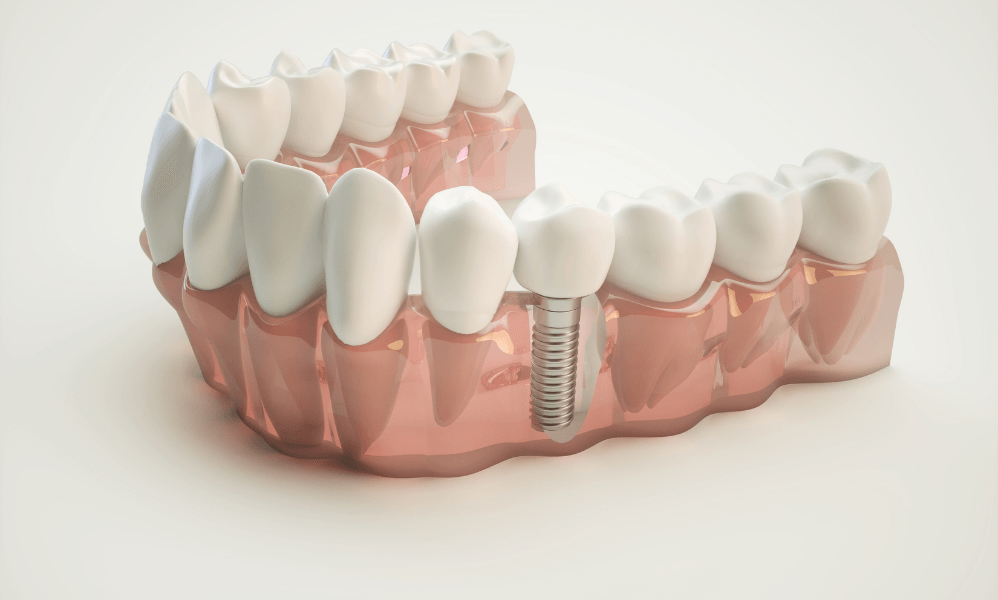Preventive Dentistry For Your Family
There is no doubt that your teeth are essential, you want to keep them for your lifetime!. Preventive dentistry enables you to maintain healthy teeth and helps to prevent disease in the future. Preventive dentistry can be beneficial for your health. You can take steps towards improving your oral hygiene with a few simple toothbrush habits!
- Brush twice a day for two minutes each time. Make sure to brush your teeth after eating, and remember drinking coffee and wine tend to stain your teeth.
- Children or adults who struggle to brush properly will benefit by using an electric toothbrush because the bristles act like tiny scrubbing bubbles which remove plaque from hard-to-reach spots in between the gums.
- Children and Adults benefit from applying sealants on molars with no decay or fillings. Sealants effectively prevent decay by stopping plaque build-up in the cracks and crevices of the molars.

Benefits of preventive dentistry
Oral health and general health are intertwined. There is a link between oral care and systemic problems, so you should know the following.
- Gum Disease And Heart Disease – If you have untreated gum disease, your risk of developing heart disease increases by 300%. This is especially critical for those who already have a heart condition.
- Diabetes – Diabetics are more likely to have gum disease, perhaps because they are more susceptible to infections. Secondly, people with diabetes who have gum disease have more difficulty controlling blood sugar levels.
- Respiratory Diseases – Gum disease is an inflammatory disease that can worsen inflammation due to lung diseases (such as asthma and COPD).
- Alzheimer's Disease -Porphyromonas Gingivalis has been linked to Alzheimer's disease as it increases plaques associated with the disease. Research continues.
- Stroke – Gum disease can sometimes be a major cause of strokes with no other apparent explanation. Make sure you're brushing twice daily and making your regular dental visits to reduce the chance of stroke.
- Chronic kidney disease often comes alongside diabetes and cardiovascular disease.
- Osteoporosis – Periodontitis, and osteoporosis could be risk factors for each other.
In conclusion, teeth are essential for our overall health. They enable us to chew, speak and give shape to our faces! Preventive dentistry is vital to a healthy mouth with teeth and jaw that function correctly. Last but not least good oral health contributes to overall wellbeing during your lifetime. We all want to age in good health!
Book appointments for your family's check-ups !



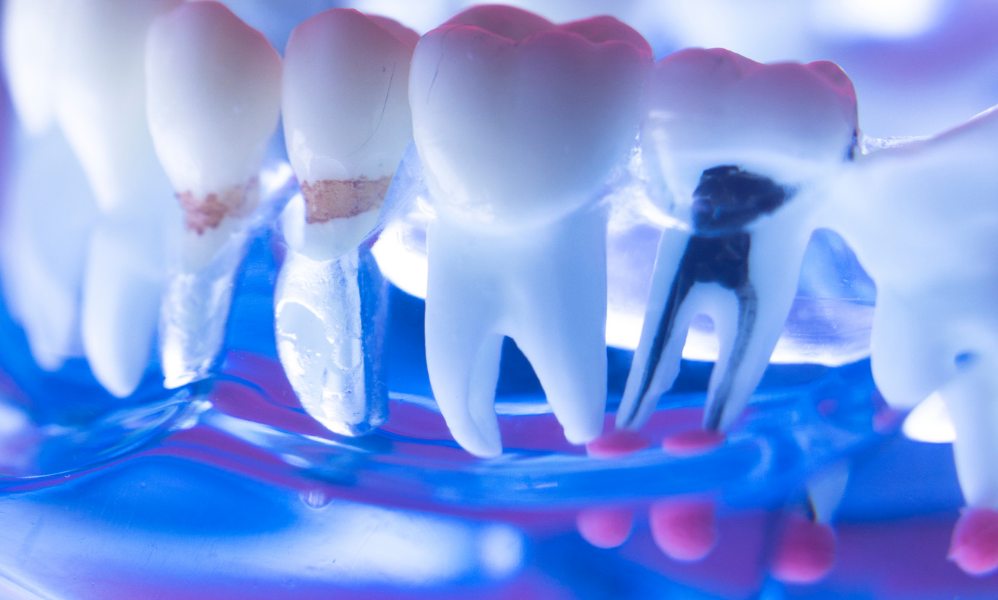

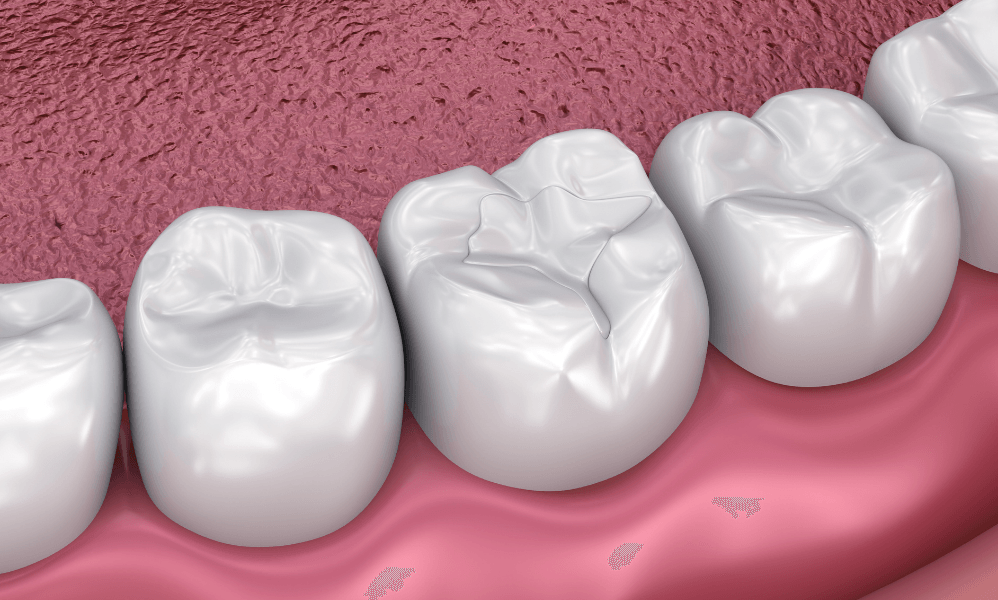
Business Hours
Monday
9 am - 5 pm
Tuesday
11 am - 7 pm
Wednesday
11 am - 7 pm
Thursday
9 am - 5 pm
Friday
9 am - 5 pm
Saturday
by appt
Services
© Copyright 2024 | All Rights Reserved | Tran’sDENTAL
